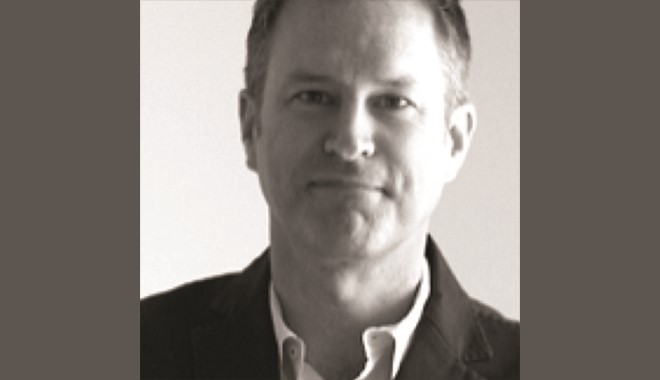Opinion : Where to next for luxury?

Roger Gray, Brash Brands
Beginning in 2009, handbag icon Louis Vuitton launched a campaign to connect digitally with customers around the globe, complete with a mobile app to share travel stories – and show off luggage – and a filmmaking competition judged by Wong Kar-wai. Times had changed, the heritage brand realised. What was once called luxury could now be found in the hands of anyone with a smartphone. Louis Vuitton’s shakeup is one of a wave of international brands rethinking luxury in a large-scale, highly personal and increasingly digital way. What does luxury mean today? How does that definition vary across global markets? And how will it evolve as we venture further into the digital age?
From the Hermès scarf to the Jimmy Choo shoe, the biggest names in the high-end market are redefining what it means to brand a luxury product. The word luxury itself has lost its gravitas after years of overuse, along with an entire lexicon of branding clichés (think ‘stunning,’ ‘luxe’ and ‘unparalleled’). Social media has radically altered the way these upscale brands reach their customers, who now encounter both luxury and mid-tier brands via the same channels. Furthermore, affordable luxury items and knock-offs have saturated the market, making it harder to appeal to customers on the grounds of exclusivity alone.
Many upscale brands have a history of low promotional activity, but new communication platforms present the opportunity for luxury stalwarts to reach customers in emerging markets and in innovative ways. New media channels also present greater opportunities for brands to foster emotional connections with customers, who increasingly hunger for brands that feel authentic to their lifestyles. Brand heritage and the sense of timelessness carry new cachet, as do personalisation and bespoke services. Perhaps most notably, however, luxury brands increasingly promise experiences rather than products – hence Louis Vuitton’s appeal to the wanderlust of world travellers and Hermès’ cheeky, retweet-ready video series. The immersive websites of upscale brands speak to the desire of customers to be transported; smartphone apps such as Yachtbox or Ritz Carlton’s virtual concierge service cater to their individual wants. Across all of these brands, the goal is the same: to capture the imagination and aspirations of the customer and to reflect the qualities customers value in themselves as individuals.
These new approaches have been proven to work globally, if to varying degrees and at different speeds. Brash Brands prides itself on maintaining a careful understanding of regional climates for premium branding, particularly in our areas of expertise: the United Arab Emirates, India, China and the United Kingdom. In the UAE – now the 10th-largest luxury market in the world – Emiratis and expats alike crave exclusive, authentic experiences that they can still show off via social media. Indian consumers seek out international brands that appeal to traditional sensibilities; and, as the nation’s infrastructure develops, customers are increasingly connected and aware of global trends and tastes. The Chinese market is in the midst of a fundamental shift, with fewer government stimuli to drive consumption. Brands seeking to extend their reach in this market must appeal both to image-conscious consumers and to an increasingly well-informed customer base seeking nuanced, experience-based brands. And in the UK, traditionalism and timelessness still reign: Brits believe craft to be the essence of luxury, savouring the story behind every stitch.
With offices now in Dubai, Abu Dhabi, Mumbai, Hong Kong and London, it’s our job to determine how best to communicate luxury in every market. The future of a high-end brand hinges on its willingness to revamp concepts to serve the needs of increasingly sophisticated, well-informed customers around the globe and to manage the growing diversity of sales channels. To do so with a spirit of innovation and authenticity, however, poses the greatest challenge – and reaps the greatest rewards.
Roger Gray is head of strategy at Brash Brands
Object reference not set to an instance of an object.
Join Roger Gray, head of strategy at Brash Brands at The Middle East Brand Summit as he discusses the ultimate question posed for the constantly growing luxury brand market: what’s next?
June 2, Dubai. Book here


